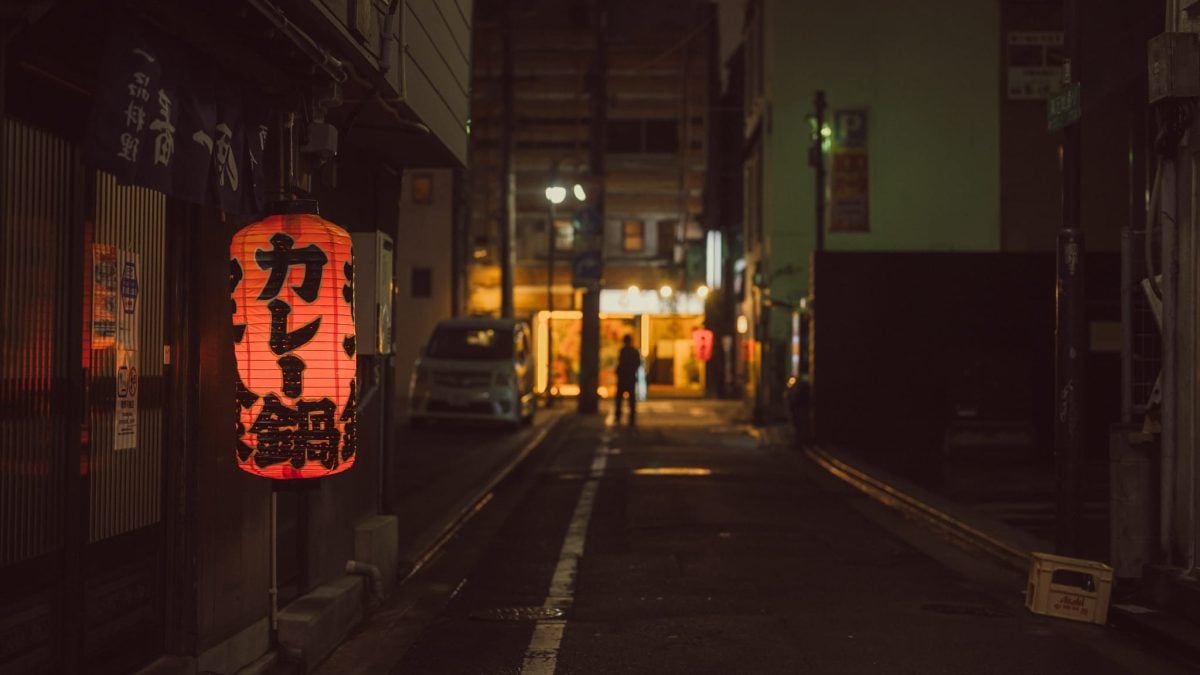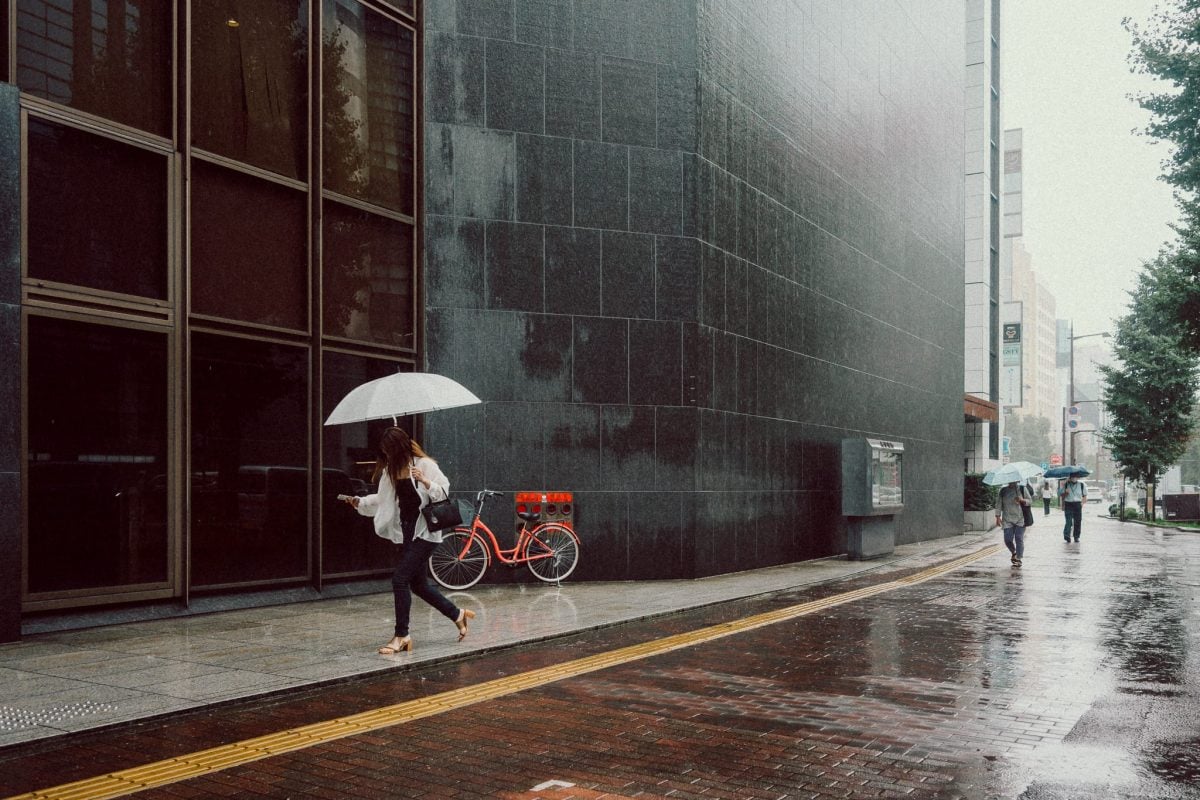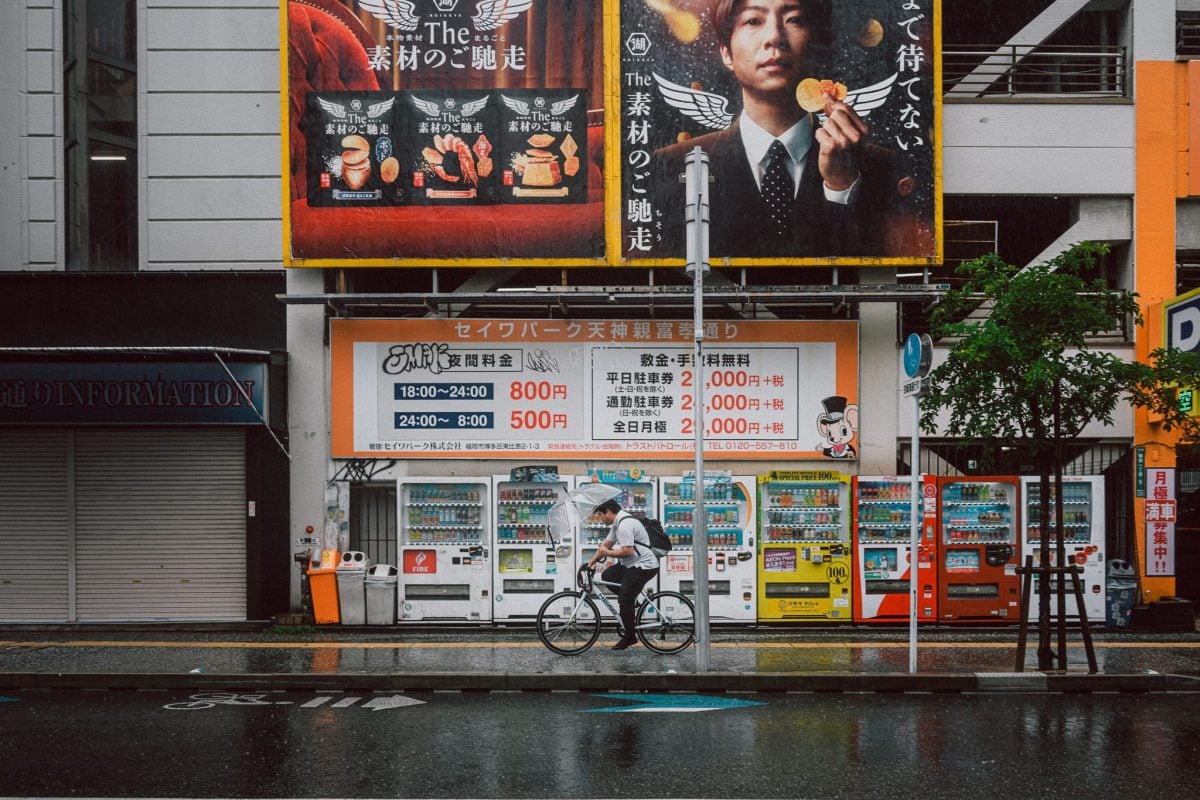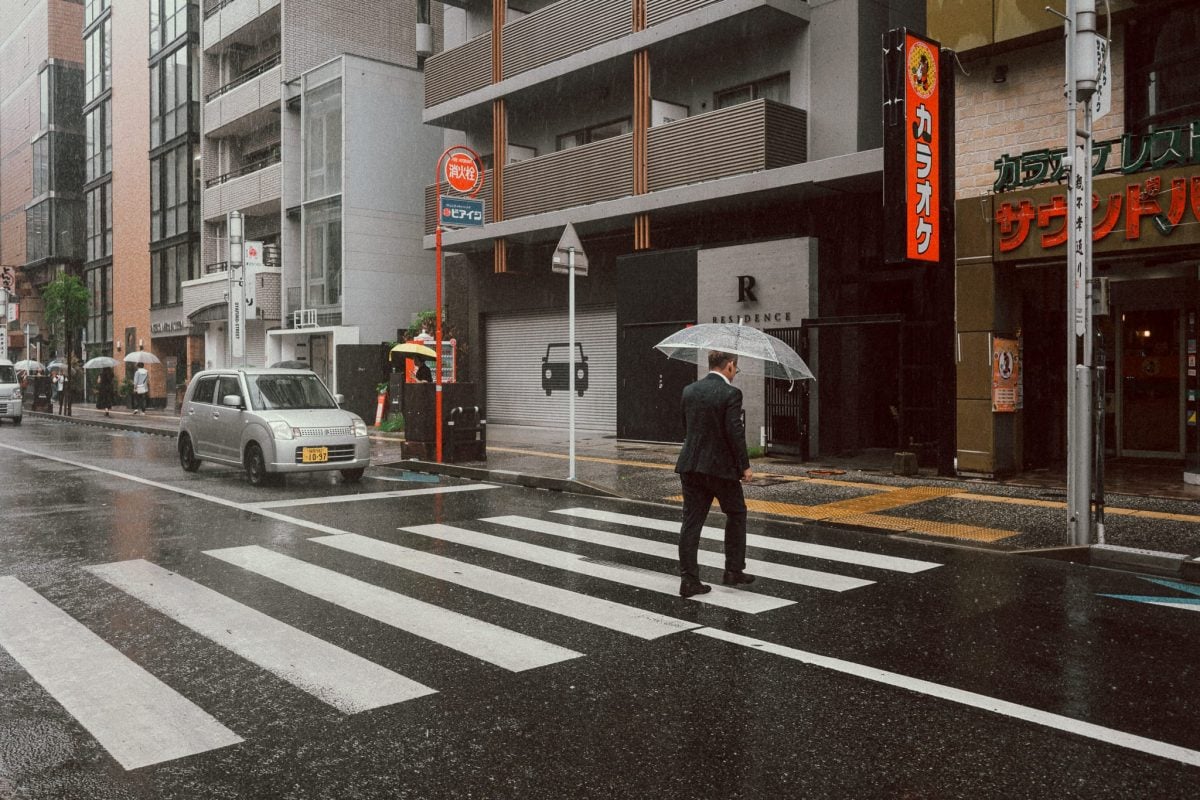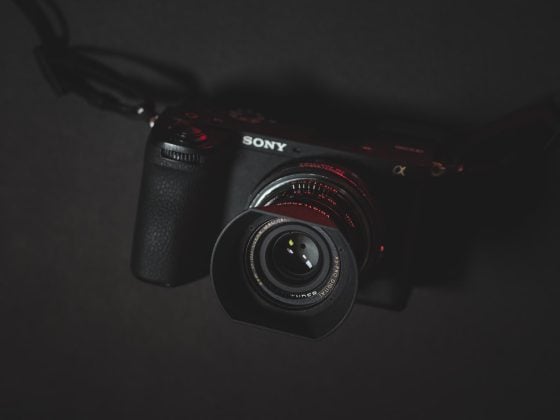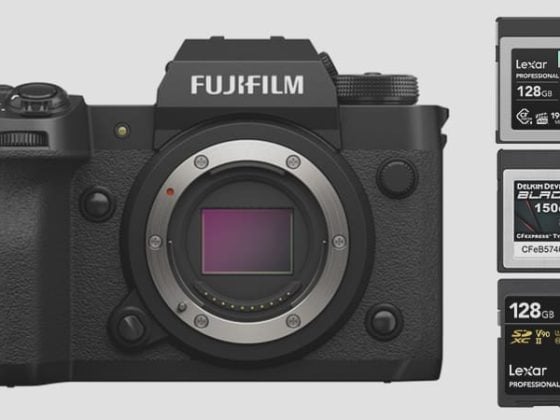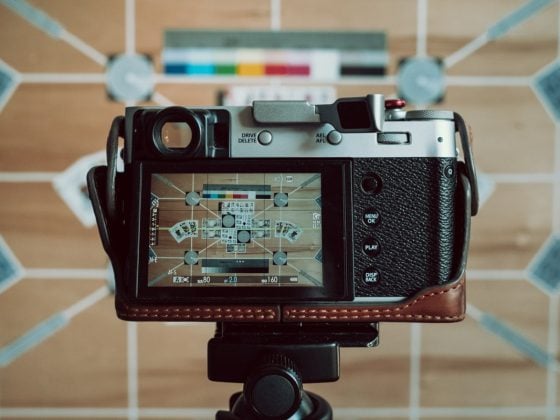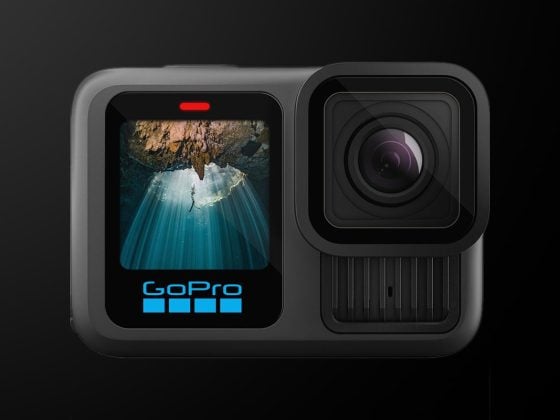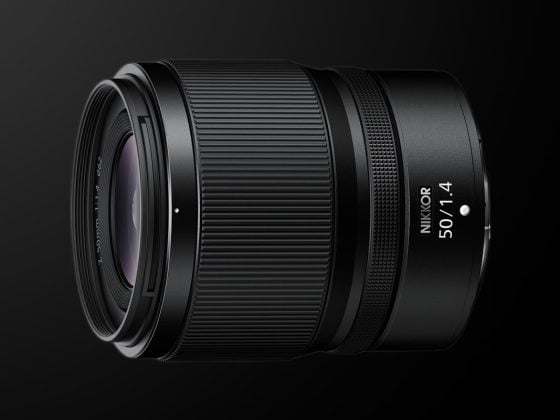The Glimmerglass is one of the many types of diffusion filters made by Tiffen, which produce many different types of Diffusion effects.
While they all diffuse light, they are not all the same. They do it in their own way, and the use case will vary significantly.
After using Glimmerglass, CineBloom, and Black Pro-Mist filters for a few years now, I can’t say one is definitively better, but I like them in different situations.
Key Takeaway
If I had to summarize the Tiffen Glimmerglass filter, I would say it’s great for removing the digital harshness you get from modern lenses. It doesn’t add as much of a mist effect compared to the other diffusion filters. For this reason, I think the Glimmerglass filters at 1/4 power are great for everyday use where you want a classic film-like feel to your image without an obvious diffusion effect added.
Tiffen Glimmerglass 1/4 – Amazon / B&H
Compare to Tiffen Black Pro Mist Review or the Moment CineBloom Review.
If you want to compare everything side-by-side, check out this Diffusion filter comparison.
Pros – Adds a diffusion effect that’s not as obvious as other types of diffusion filters, but the diffusion has a nice depth to it.
Cons – A lot of reflective orbs when shooting at night under harsh directional lighting, like car headlights and sometimes street lamps.
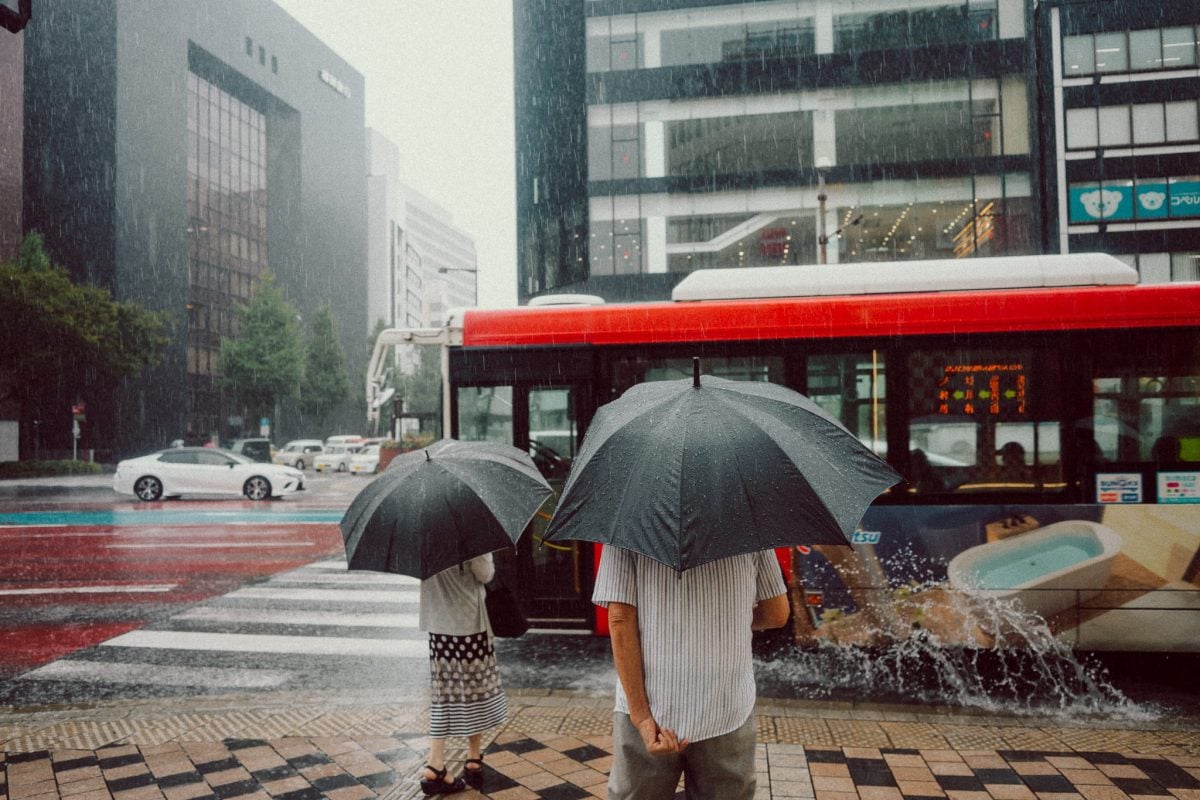
Tiffen Glimmerglass Filter Review
I’m using the 1/4 Glimmerglass filter with 62mm threads for this review. I’m using the Nikon Z8 with the Nikon Z 26mm f2.8 and the Z 50mm f1.8 lenses.
I prefer the Glimmerglass filters for daylight photography and the Black Pro-Mist filters at night. But again, the Glimmerglass at 1/4 power produces an effect that’s not very obvious. It mostly just takes the digital harshness off, but the Glimmerglass filter does catch flaring a little more.
When you’re dealing mostly with sunlight during the day, the subtle blooming effect of the Glimmerglass has a really nice quality. It fills the frame with a very mild diffusion effect that really takes some of the hard edges off of the lighting, giving it an almost film-like look.
Actually, I will confidently say that the Glimmerglass filter at 1/4 is the closest I’ve gotten to simulating the softer rendering of the film. So, if you want a film-like softness and don’t care for a ton of bloom, this would be my go-to.
However, it’s a little bit too uncontrolled at night because of the flaring, and you get many more reflective artifacts that you have to shoot around. For whatever reason, I get a little more reflections from this filter than I do with the black mist filters.
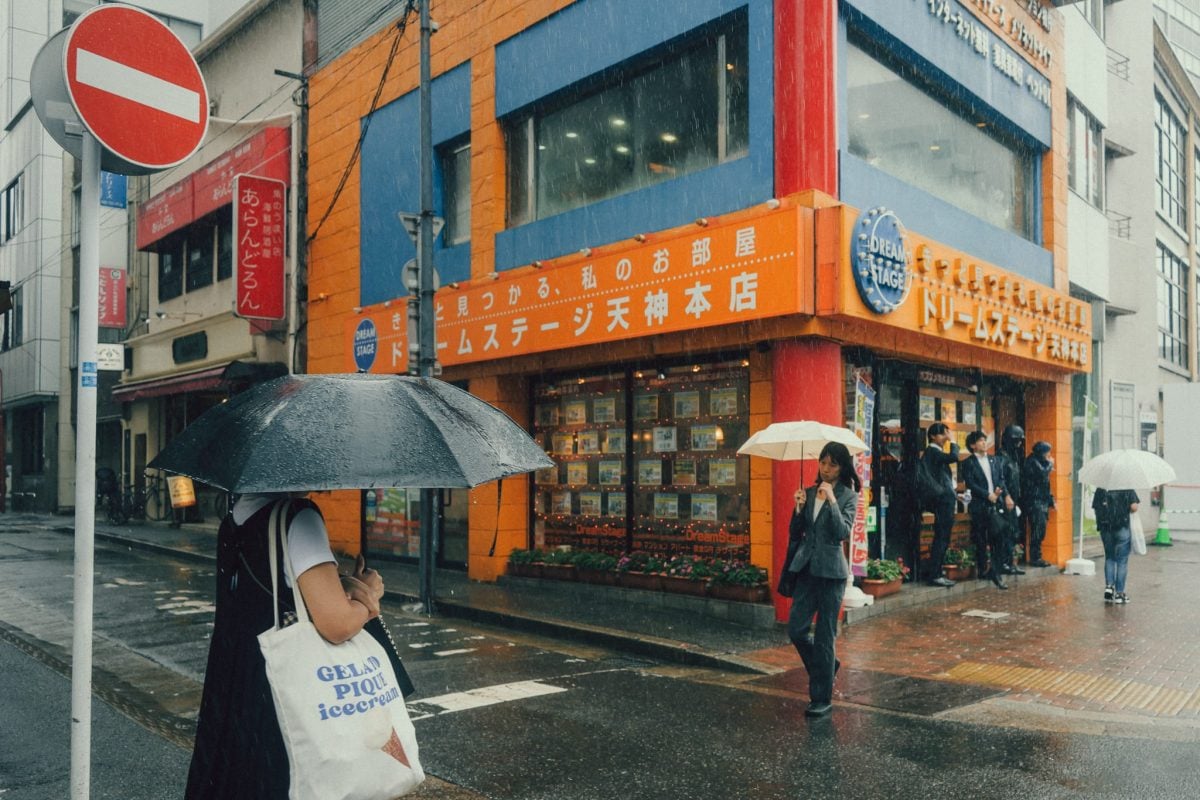
Compared To Other Filters
The Black Pro-Mist filters tend to keep the blooming more isolated for an almost halation-type effect you would get from shooting Cine Still or some sort of Cine filmstock with the ramjet layer removed.
Then if you want more of a retro lens blooming effect, the CineBloom filters can be great for that. It almost simulates old lenses with poor coatings a little better than the Glimmerglass or Black Pro-Mist.
Black Pro-Mist vs Glimmerglass
The Glimmerglass mostly softens the contrast and color of the image without adding very much diffusion or mist. The Black Pro-Mist adds a mist, but it’s mostly kept around the light source, and the blacks and contrast are nicely preserved.
The Black Pro-Mist filter works better in daylight than the Glimmerglass works at night, so if you only wanted one filter, I would probably go with the Black Pro-Mist at 1/8 power if you don’t want a noticeable diffusion effect. But, I like using the two filters in these two different situations: Glimmerglass for everyday shooting to get a more film-like effect, and Black Pro-Mist for the night – with street photography where I want a little more diffusion.
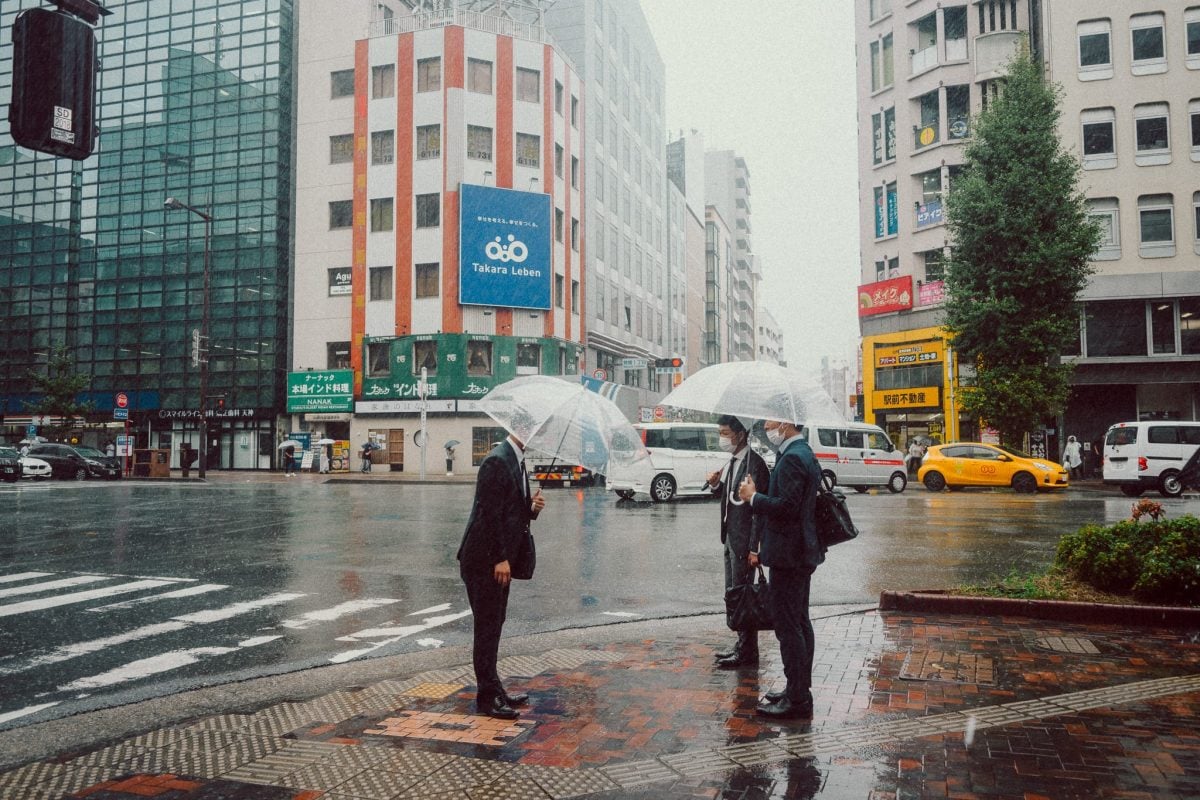
The Glimmerglass filter is a little different than all the other diffusion filters I’ve used so far as mentioned earlier. One thing you might notice from the samples is that it’s not as immediately obvious that I’m using diffusion filters compared to some of the other diffusion filters I’ve reviewed.
I think this can be attributed to the small reflective particles inside the filter.
The Black Pro-Mist filter and other black mist filters have what look like little black particles in them. The Black Pro-Mist 1/4 keeps them pretty small, whereas the K&F Black Mist filters users much larger black particles.
Other standard diffusion filters like the CineBloom have what looks like a mist inside like almost they were hit with a can of hairspray.
The Glimmerglass filter has larger particles inside, almost like little flavor crystals that are highly reflective.
Here are the little particles in the Glimmerglass filter.
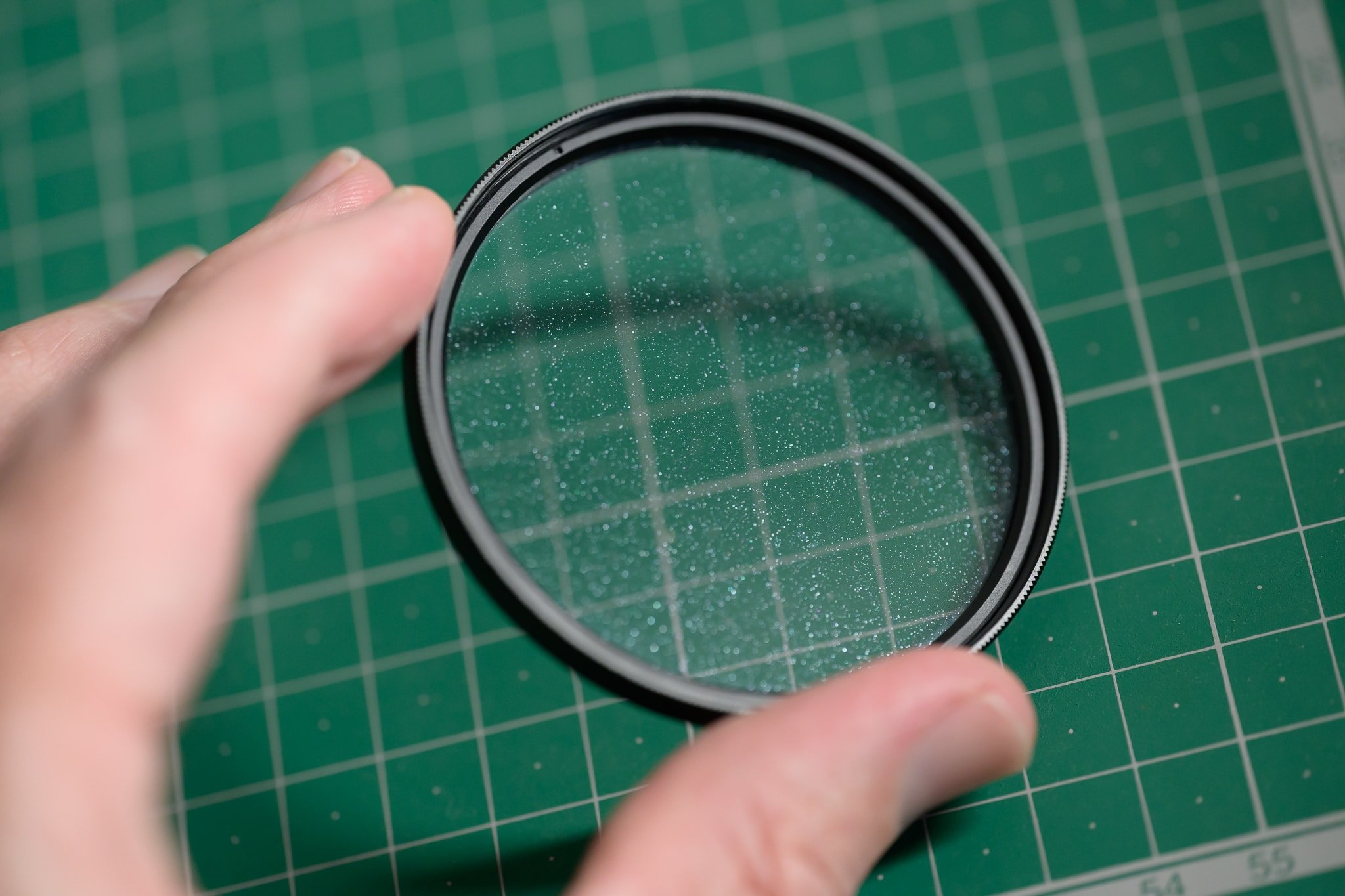
The result is you get a depth to the mist that you don’t quite get with the other filters. It still adds a nice dimensionality that I haven’t seen with the other diffusion filters, and it has a more natural look.
I really like the look, especially for daylight street photography, where you’re going for a more analog film quality, and this might actually be the best filter for the daytime film look.
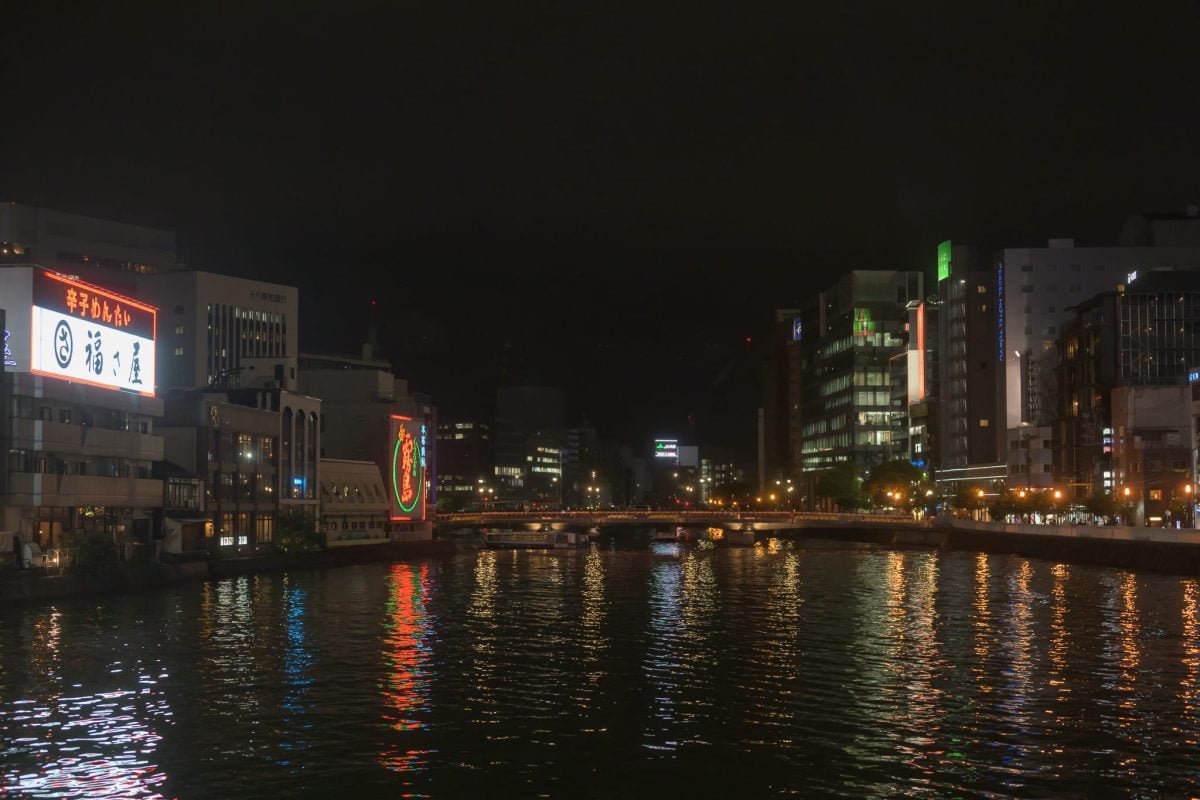
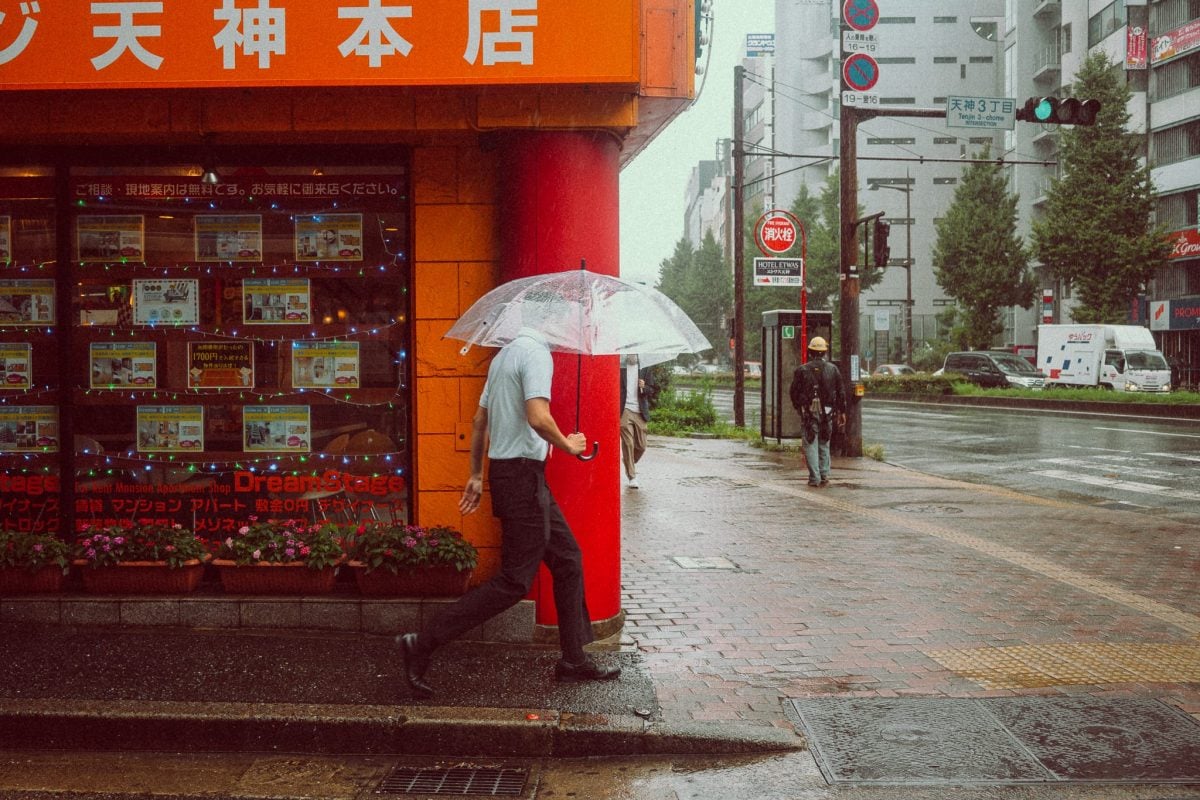
Glimmerglass Filter Review – Bottom Line
I see a lot of photographers and videographers using the Glimmerglass filter under their studio lighting conditions or for vlogging outside, for this use-case the filter is great. However, if you’re in an environment where the filter can catch a lot of glare, it will give you more reflections that can get really distracting, so you may want to consider other options in these conditions.
For example, see my Moment Cinebloom Review, it has a soft diffusion effect, that produces some really nice looks. It also has no coatings, so it can get a little wild at night under city lights.
Also, the Black Pro-Mist filter is another great option at night as it produces a diffusion look, but it tends to keep the diffusion more localized to the light source so it produces more halo-like effects.
The Glimmerglass is still a great option at night if you are careful how you shoot, but it is really great at providing you with a diffusion effect that’s not too aggressive but that also has a level of depth to it that you don’t quite see with the other filters.
While these are expensive, ultimately, I recommend trying a few different types of filters to see what works for your situation.
I generally would recommend Glimmerglass for daylight and controlled lighting conditions, like a home studio or YouTube for a nice natural diffusion with depth. At Night, if you like the halation effect, I would go with a Black Pro-Mist, or you could even go with the K&F Black Mist filter at 1/8 power since they have a multicoating to them.
Standard soft mist filters, like Cinebloom or something by Kenko, can be great as general-purpose diffusion filters. Some filters come with coatings, and some are uncoated, which can also contribute to the effect.
Tiffen Glimmerglass Sample Images
I’m on Core V3 of my presets now which now have some pretty cool new looks, and overall the pack has been made a lot easier to use and I is more user-friendly.
